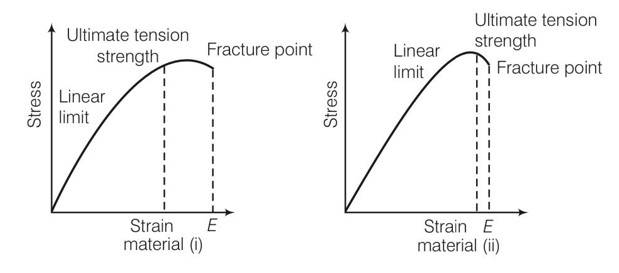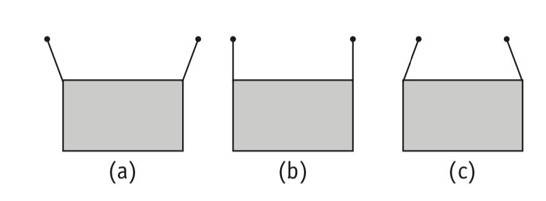Mechanical Properties of Solids
Get insights from 66 questions on Mechanical Properties of Solids, answered by students, alumni, and experts. You may also ask and answer any question you like about Mechanical Properties of Solids
Follow Ask QuestionQuestions
Discussions
Active Users
Followers
New answer posted
5 months agoContributor-Level 10
This is a multiple choice answer as classified in NCERT Exemplar
(a), (d) Forces at cross section is F.
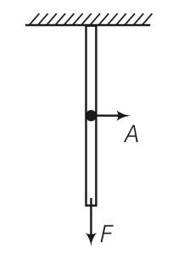
Now applying formula . stress = tension/area=F/A
Tension = applied force =F
New answer posted
5 months agoContributor-Level 10
This is a multiple choice answer as classified in NCERT Exemplar
(c), (d) The ultimate tensile strength for material ii is greater hence material ii is elastic over larger region as compared to material (i) for material (ii) fracture point is nearer, hence it is more brittle.
New answer posted
5 months agoContributor-Level 10
This is a multiple choice answer as classified in NCERT Exemplar
(d) a mass M is attached at the centre. As the mass is attached to both the rods, both rod will be elongated, but due to different elastic properties of material rubber changes shape also.

New answer posted
5 months agoContributor-Level 10
This is a multiple choice answer as classified in NCERT Exemplar
(c) 2Tsin -mg=0
2Tsin =mg
Total horizontal forces = Tcos
T=mg/2sin
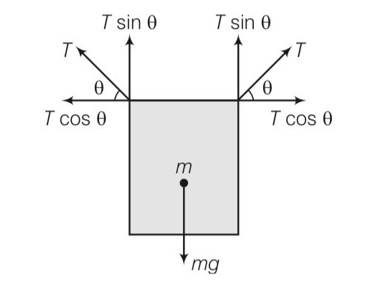
As mg is constant T
Tmax= mg/sin min
Sin min=0, min= 0
Tmin=mg/2sin max
max= 1, =900
New answer posted
5 months agoContributor-Level 10

BO+OC- (BD+DC)
= 2BO -2BD
= 2 (BO-BD)
=2 [ (x2+L2)1/2-L]
=2L [ (1+ )1/2-L]
= 2L [ (1+ ]=
Strain =
New answer posted
5 months agoContributor-Level 10
This is a multiple choice answer as classified in NCERT Exemplar
Y=
D2=
D=
New answer posted
5 months agoContributor-Level 10
This is a multiple choice answer as classified in NCERT Exemplar
(c) Consider the diagram where a spring is stretched by applying a load to its free end. Clearly the length and shape of the spring changes. The change in length corresponds to longitudinal strain and change in shape corresponds to shearing strain.
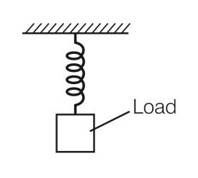
New answer posted
5 months agoContributor-Level 10
This is a multiple choice answer as classified in NCERT Exemplar
(d) Y young's modulus is inversely proportional to temperature, so if we increase temperature , young's modulus decreases.
New answer posted
5 months agoContributor-Level 10
This is a multiple choice answer as classified in NCERT Exemplar
(d) breaking stress = breaking force/area of cross section
Breaking force will not depend upon length.
New answer posted
5 months agoContributor-Level 10
This is a multiple choice answer as classified in NCERT Exemplar
(b) No frictional force exists in case of ideal fluid. Hence tangential forces are zero.
Taking an Exam? Selecting a College?
Get authentic answers from experts, students and alumni that you won't find anywhere else
Sign Up on ShikshaOn Shiksha, get access to
- 65k Colleges
- 1.2k Exams
- 682k Reviews
- 1800k Answers

